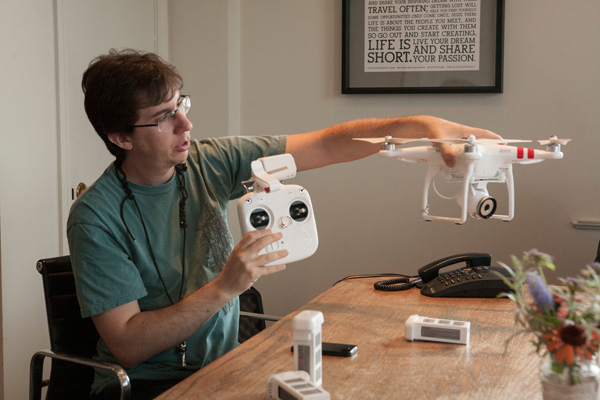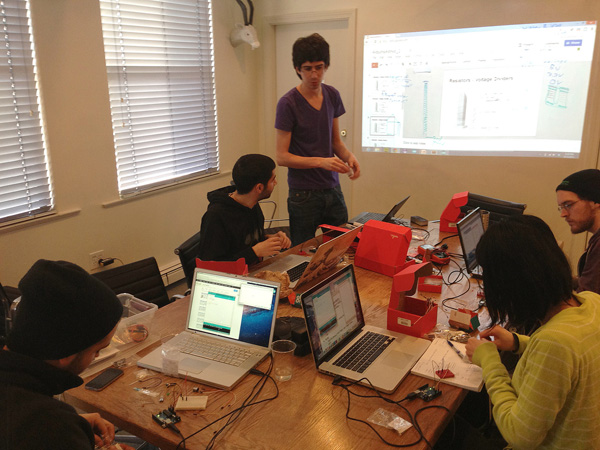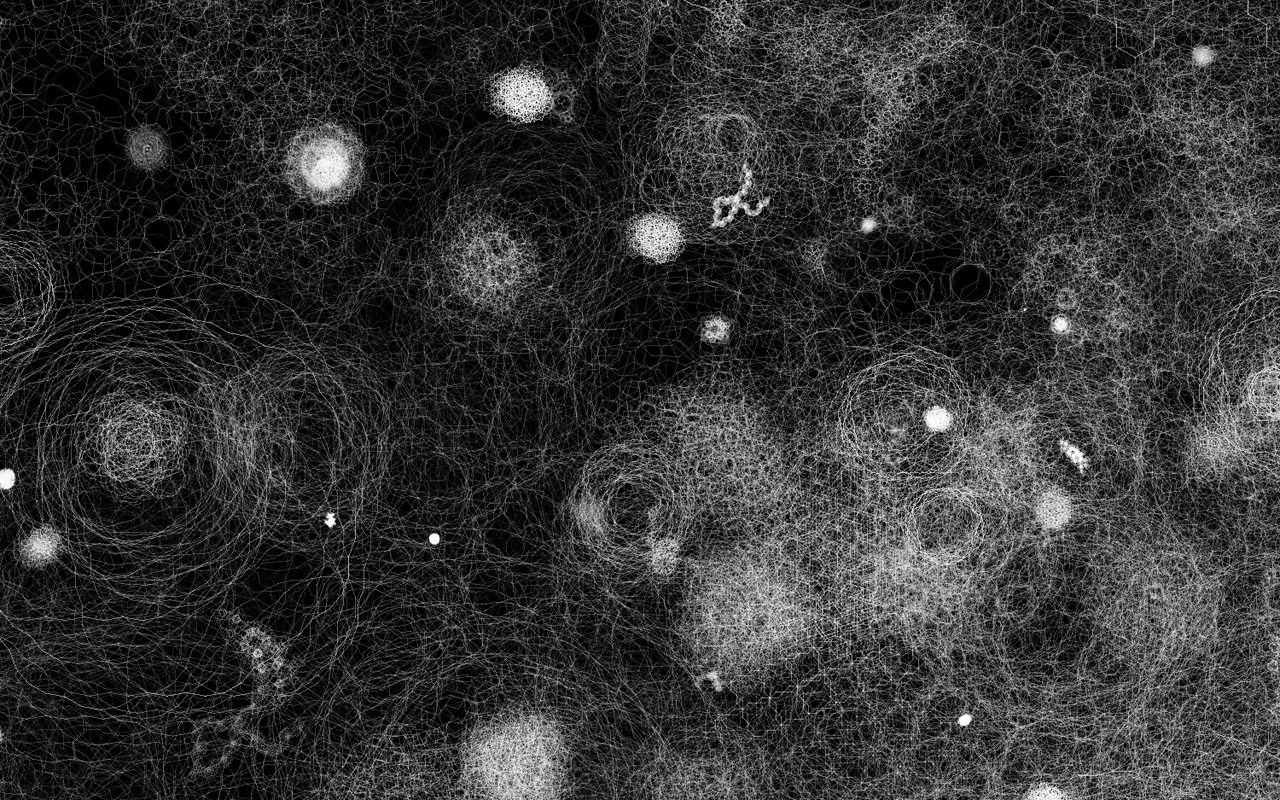This is the final article in a series of six looking at the future of experience design for emerging technologies. The first five Future of Design articles were: Emerging Technologies, Genomics and Synthetic Biology, Robotics, the IoT, and 3D Printing / Additive Fabrication.
We are currently undergoing a period of technological advancement that will alter the way we live our lives in nearly every way, similar to the Second Industrial Revolution in America — when inventions from electric power to the automobile first became prominent, helping to shape our modern existence. Over the coming decades, there is little that humans can imagine that we won't be able to do — from printing replacement organs to hacking our DNA, to embedding computers in our bodies. The fantastic vision of science fiction today will become the reality of tomorrow.
We need experience design to help frame our interactions with emerging technologies that are already racing ahead of our ability to process and manage them on an emotional, ethical, and societal level. Experience design will be a critical to tie the technology to human use. For those asking "How can we do this?" designers must counter, "Why and for whose benefit?".
Whether we're struggling with our fear and loathing in reaction to genetically altered foods, the moral issues of changing a child's traits to suit a parent's preferences, the ethics guiding battlefield robots, or the societal implications of a 150-year extended lifetime, it's abundantly clear that the future of experience design will be to envision humanity's relationship to technology and each other.
It's worth considering that when the World Wide Web first began to become mainstream in the mid-1990s, there was little agreement around how design should intersect with it, the emerging technology of the time. Today, we have interaction designers, usability experts, visual designers, and front-end coders — a wide array of sub-practices that cater to very specific areas of digital creation.
To compete in the future then, designers must draw our inspiration from technological fields we’ve never before considered, and break down boundaries to create experiences that are beautiful and humane. If you’re a designer interested in a multi-disciplinary practice, are flexible in your outlook, and accepting of complexity and dissonant ideas, you will do well in the coming technological sea change — perhaps as a human-robot interaction designer or a system biologist for artificial organisms or whatever cross-pollinated mix of careers comes about.

Daniel Drucker gives an emerging tech talk at Involution Studios on Unmanned Aerial Vehicles (UAVs), more commonly referred to as drones.
In his essay “The Hedgehog and the Fox” writer and philosopher Isaiah Berlin describes two types of thinkers. Those people who excel in a multivariate environment, looking at many different things and approaching each situation in a new way, Berlin refers to as “foxes”. Those who want to focus on only one thing, who seek orderly specialization, he calls “hedgehogs”.
The future of UX design is likely to favor the fox. Designers are beginning to look beyond the screen, to the rich world of interactions and user experiences to be created for technologies ranging from the Internet of Things to robotics to additive fabrication to synthetic biology. We can imagine new areas of design practice, emerging from a multi-disciplinary brew of biology, computer science, and human factors.

Ben Salinas conducts a workshop on prototyping with Arduino for designers at Involution.
Designing for Emerging Technologies
If you're interested in further exploration of this topic, check out "Designing for Emerging Technologies", coming from O'Reilly Media this December, a project on which I was honored to serve as editor. In this book, you will discover 20 essays, from designers, engineers, scientists and thinkers, exploring areas of fast-moving, ground breaking technology in desperate need of experience design — from genetic engineering to neuroscience to wearables to biohacking — and discussing frameworks and techniques they've used in the burgeoning practice area of UX for emerging technologies.
The article header image is an algortithmically generated artwork, created especially for the "Designing for Emerging Technologies" project by Seth Hunter.
